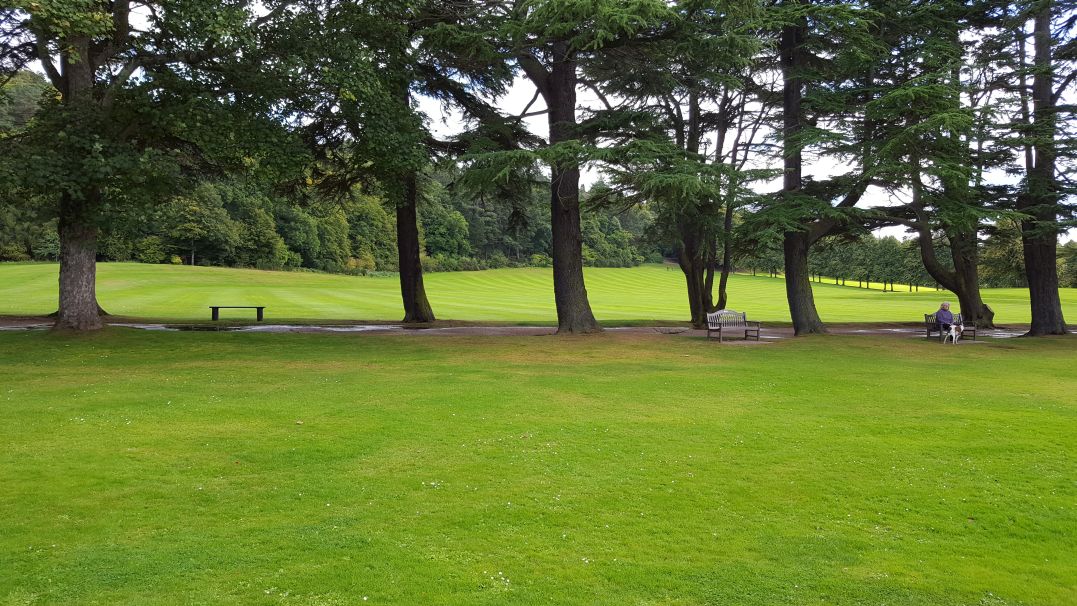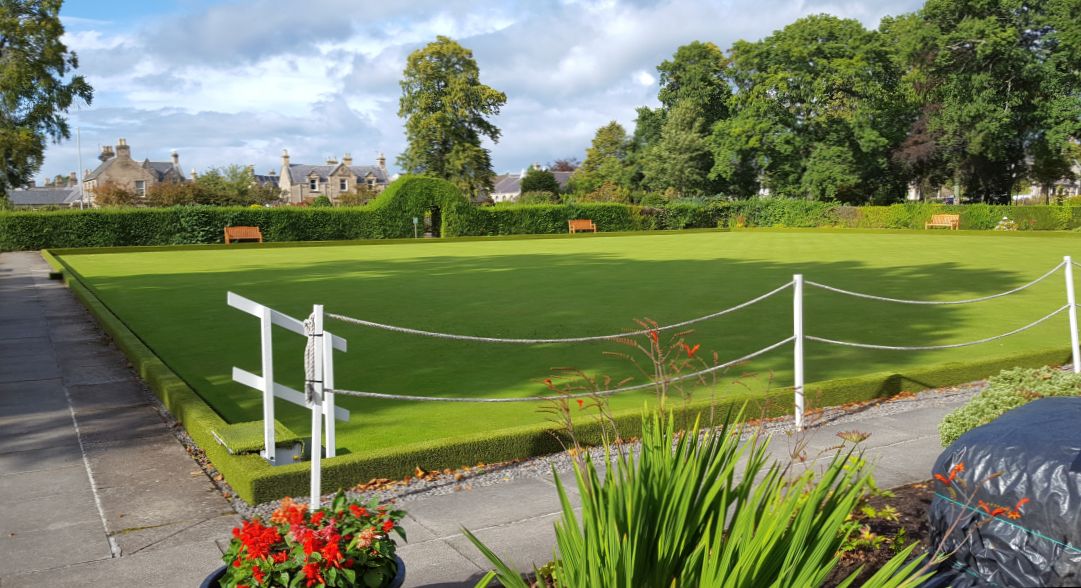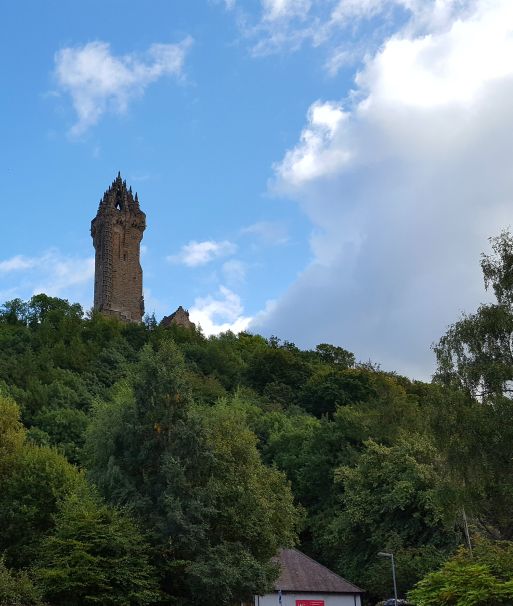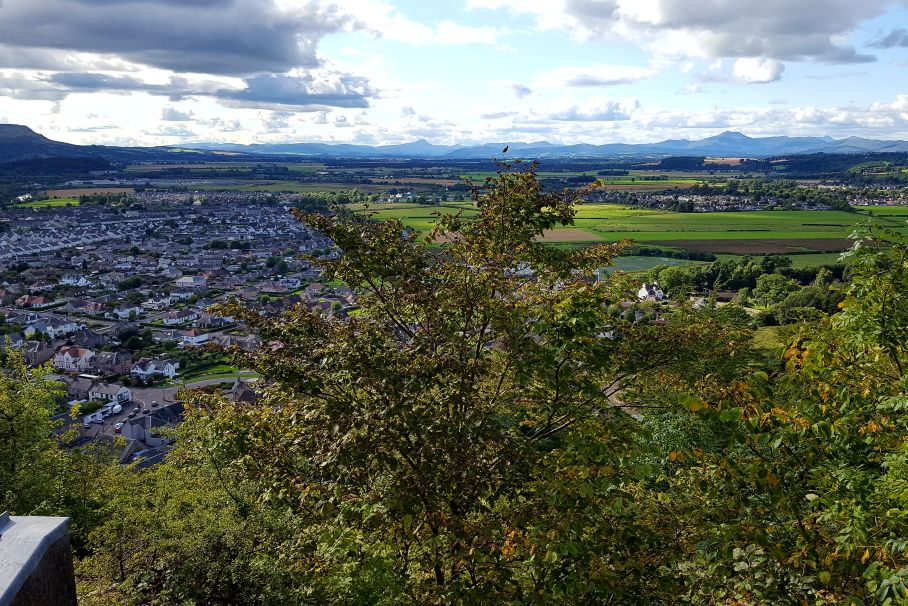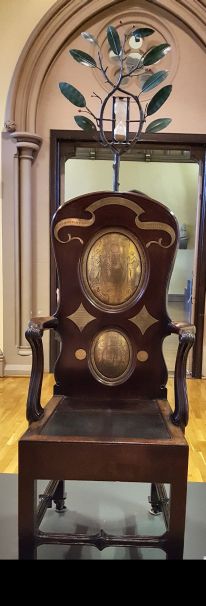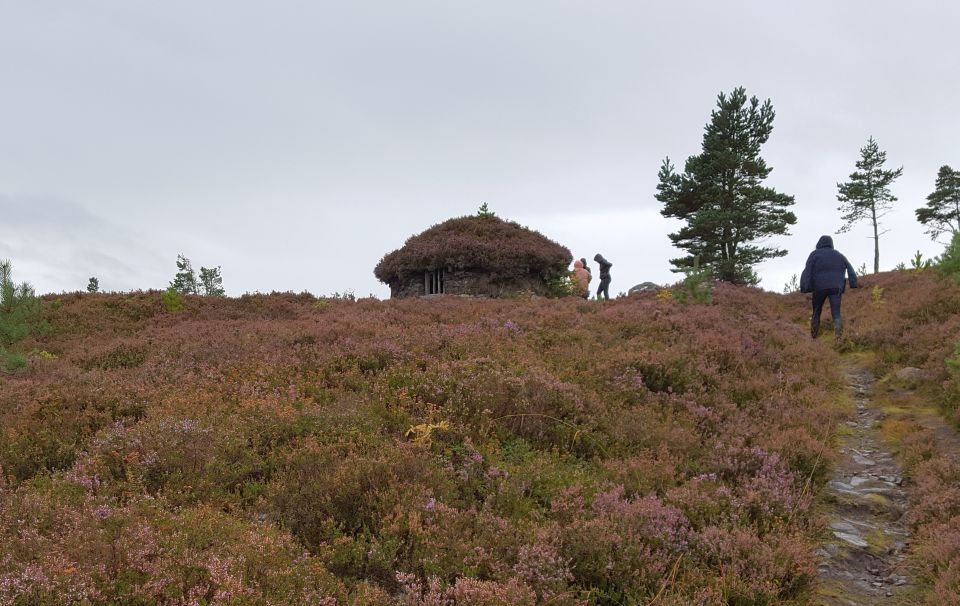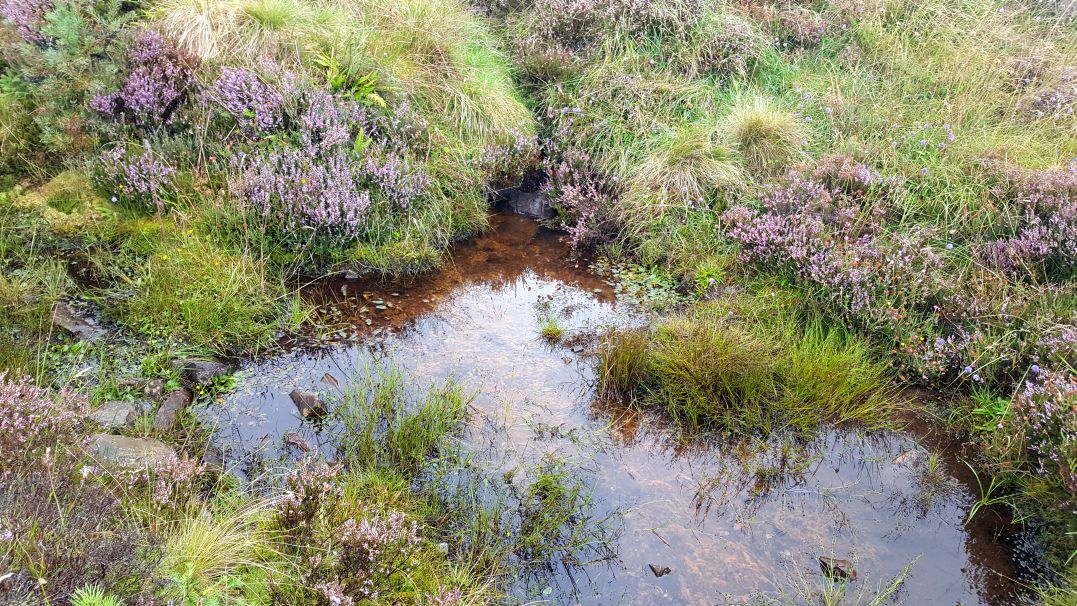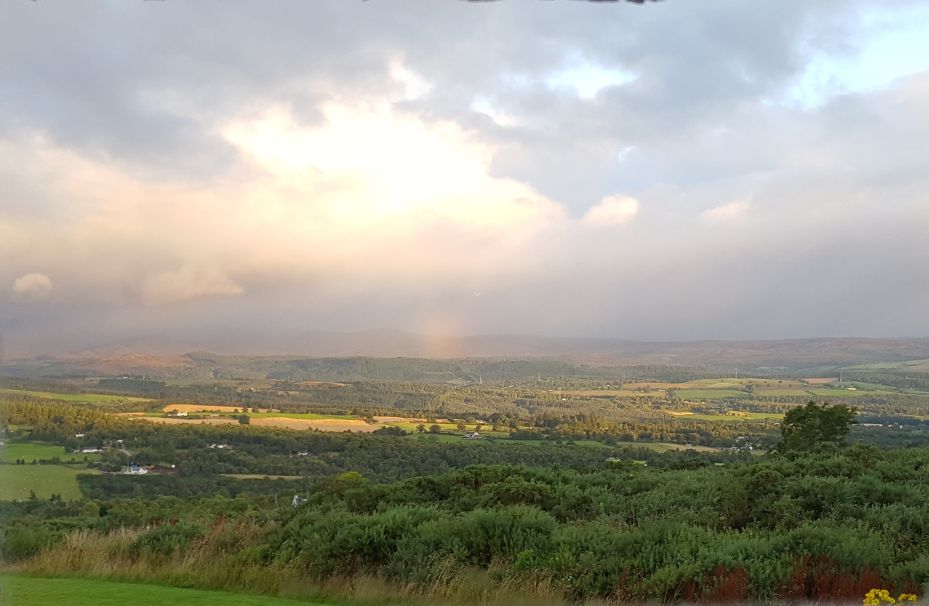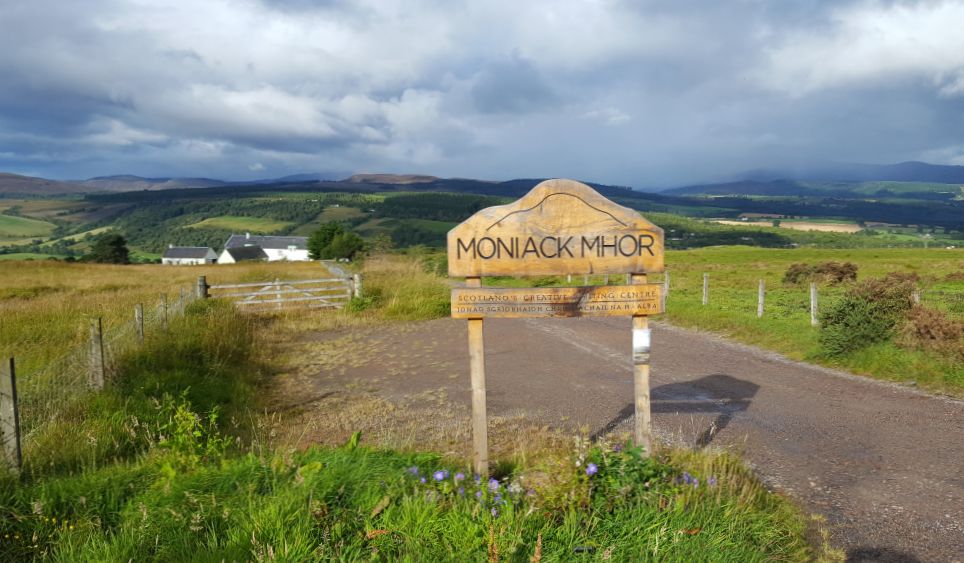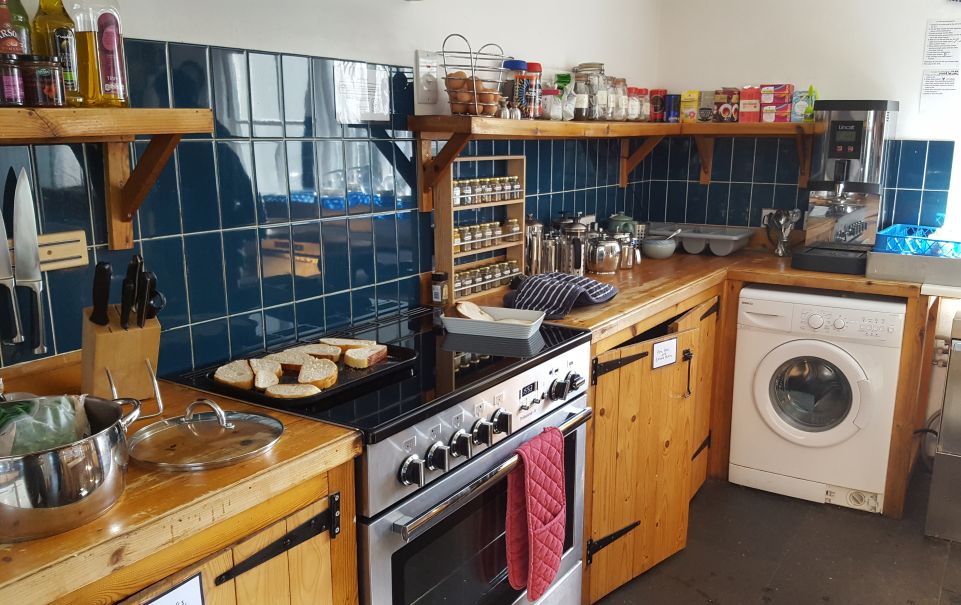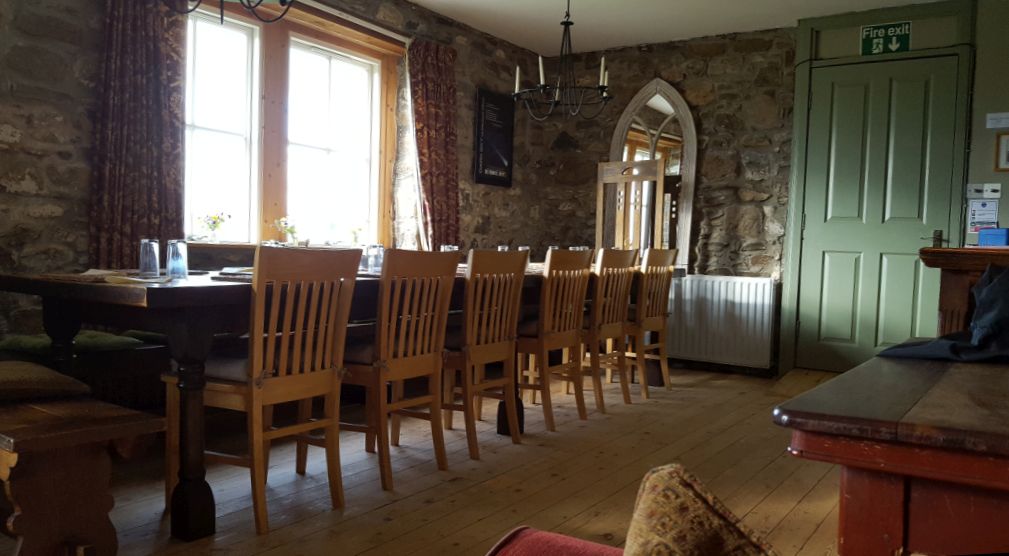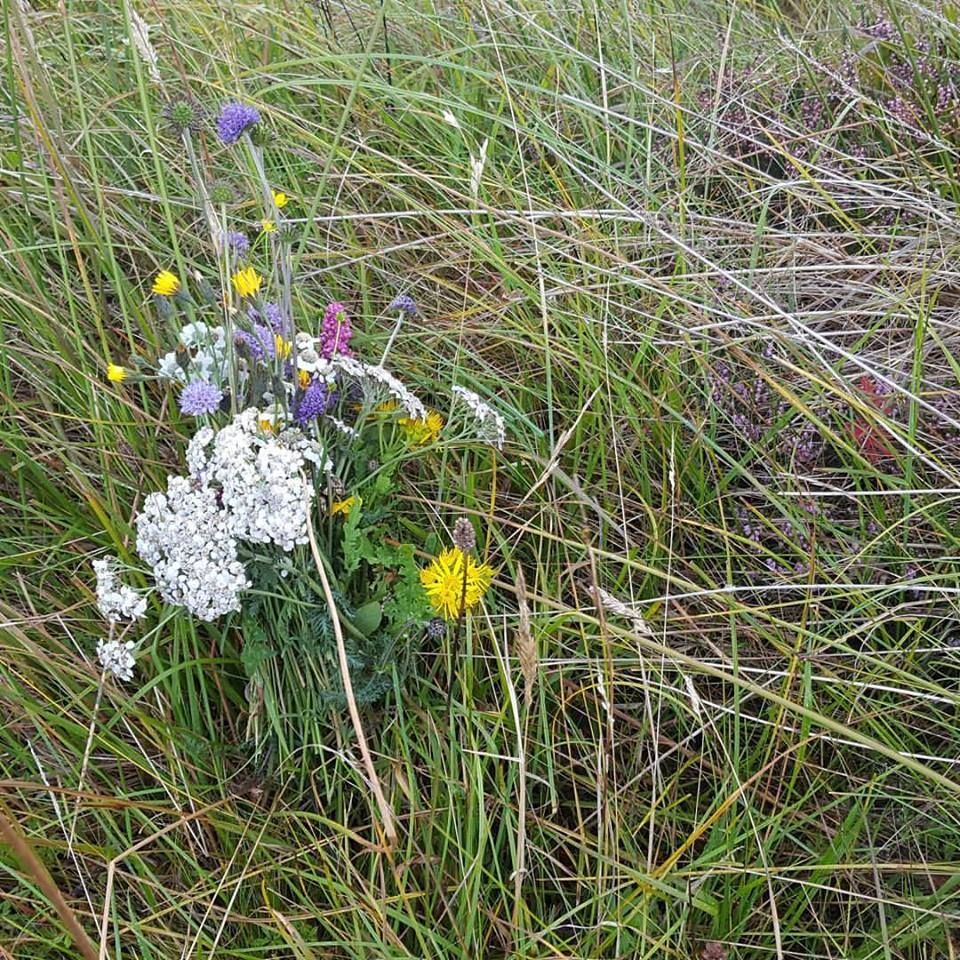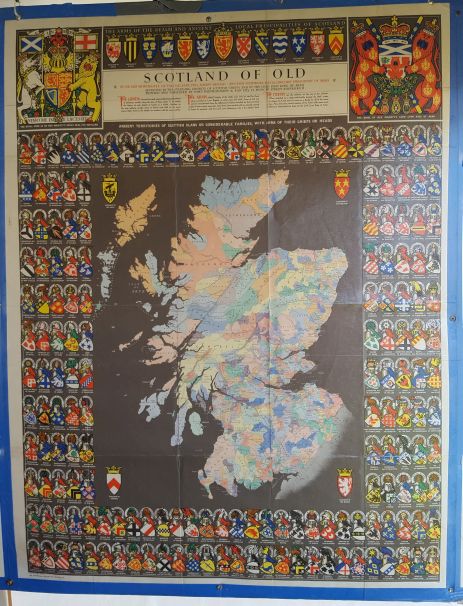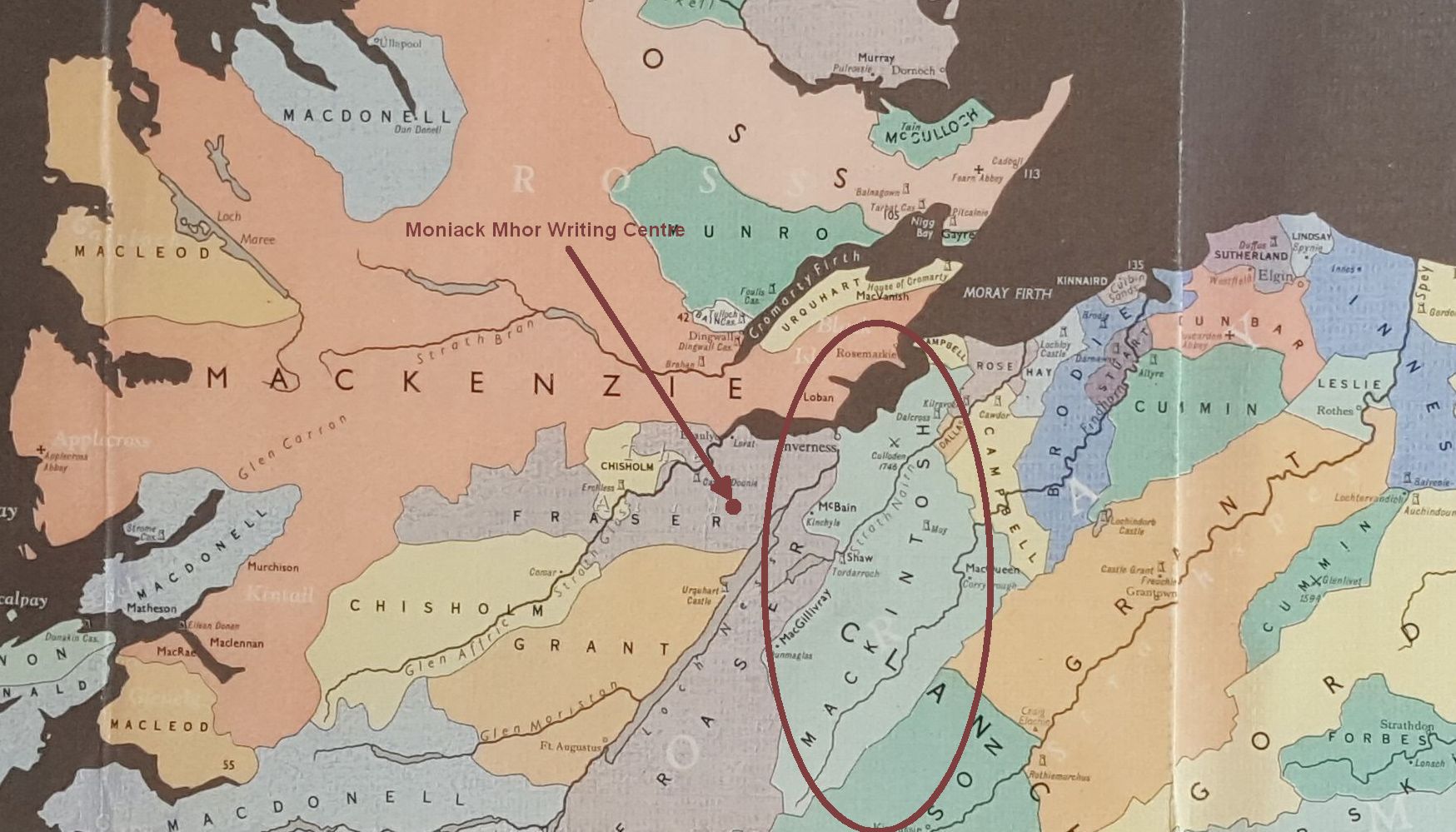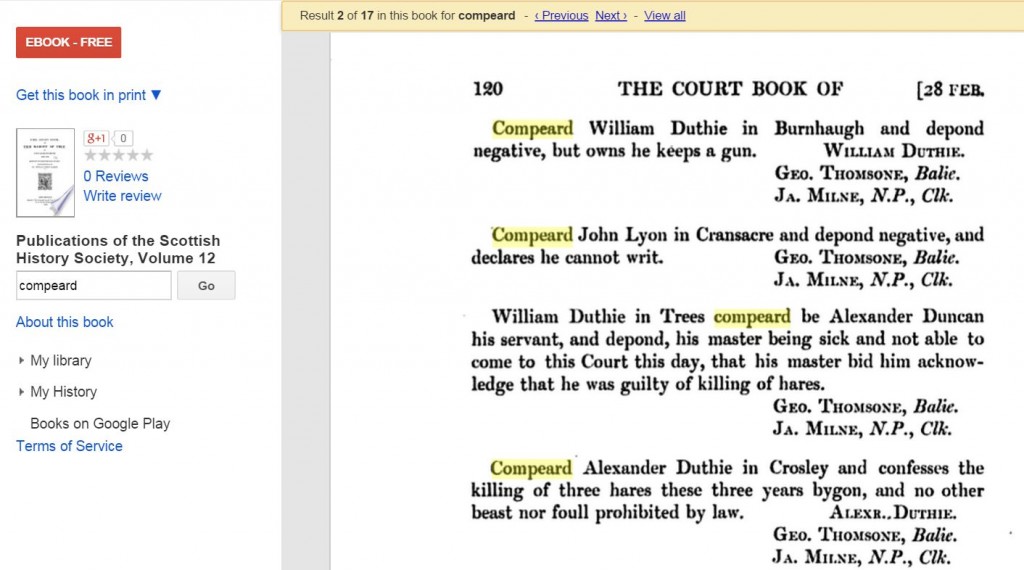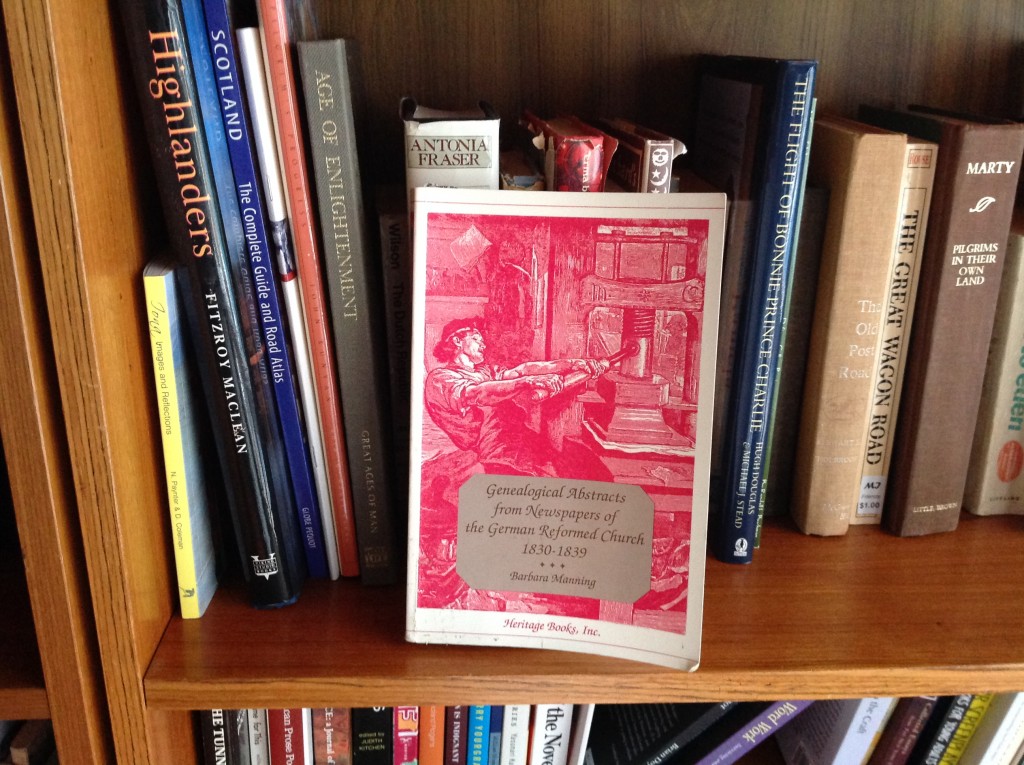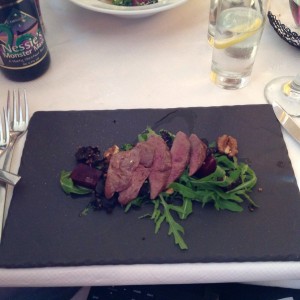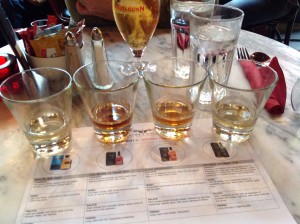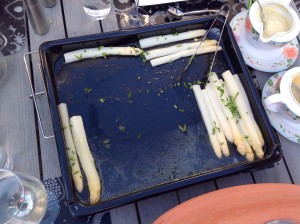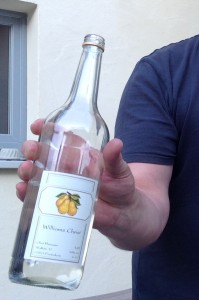My first full day in Forres, at the house where I’m staying, the electrician was drilling a hole through a thick block of sandstone to install a new wall socket in the foyer. To escape the incessant whining sound, and to walk her dog, my host and I went on a walk through a forested park near town and then to a pub for lunch. Fine with me. Afterward, we strolled through another park with stunning, expansive lawns. (They revere their lawns in Scotland in a way I’m only just beginning to grasp.)
We’d just passed a school letting out, and I seen a few young kids in soccer outfits (excuse me, football outfits), so I asked if that was a football field.
“Cricket,” my host said. She gestured to the field to our right, the field before us, and the field to our left, designating: “Football. Cricket. Bowling.”
“Bowling? Outside?!”
She stared at me, appalled. “You mean, you don’t bowl in America?”
“Sure we do, only we do it inside. With lanes and pins. I never heard of outdoor bowling.”
“Oh, well, you’re not missing much. Bowling is all about the grass. It has to be just perfect, as smooth as a billiard table, and it’s always played by stout old people all dressed in white from head to foot. Everything in white. And they take it so seriously.”
“How’s it played? Is it something like bocce ball?”
“I have no idea, it’s way too boring, I’ve never watched them actually play a game to find out.”
We went over to peek at the field; I was disappointed a game wasn’t on just then. Hence, all I have to offer is a picture of what looks to me like a perfect bowling green.

